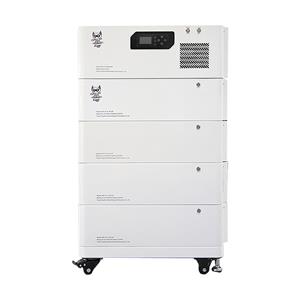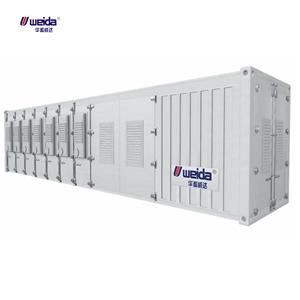Industrial and commercial energy storage subsidies
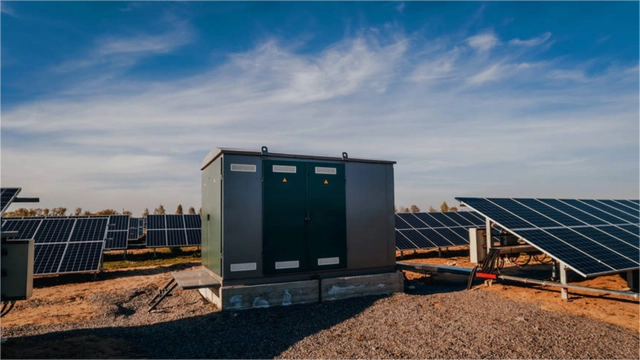
In recent years, the energy storage industry favorable policies continue, the localities have made efforts to subsidize energy storage and promote the development of energy storage. At present, the industrial and commercial energy storage direct subsidy policy is frequently issued, and it has become one of the important means for local project investment and industrial landing. Peak and valley spread arbitrage, demand response (user-side peaking/virtual power plant), operation/installed capacity subsidy incentives, in lieu of interruptible loads or staggered peaks of electricity consumption index is the main source of revenue for user-side energy storage.
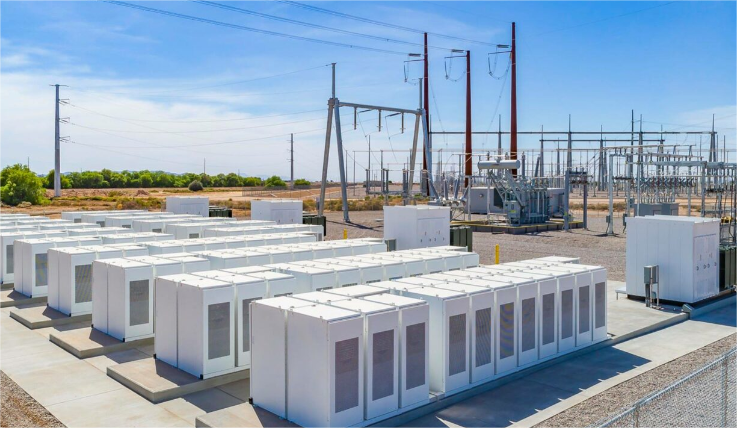
Currently, China's new energy storage has also made positive progress in the construction of demonstration projects, business model exploration, policy system construction, etc., and the scale of market application is steadily expanding. The exploration of the United States, the United Kingdom, Australia and other countries in supporting the development of energy storage policy has certain reference significance for China to promote the development of energy storage in a scientific and steady manner.
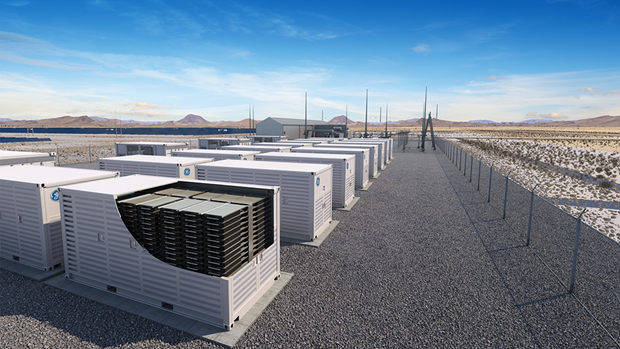
Currently, from a global point of view, the world's energy transition progress is not the same, the development of energy storage is also different. Among them, Europe, the United States and other regions of the new energy development pace is faster, the United States leading the development of energy storage.

EnergyTrend organized the recent changes in overseas energy storage policy and related subsidies.
U.K.: VAT on solar energy storage to be canceled
In order to promote the promotion of clean energy, the UK Environmental Audit Committee (EAC) recently conducted an investigation into the possibility of technological advances in solar installations. During the inquiry, the EAC wrote to Grant Shapps, the UK Minister for Energy Security and Net Zero Emissions, calling for the abolition of VAT on battery storage systems and emphasizing the importance of removing VAT from energy storage devices, whether they are installed with new solar systems or added to existing rooftop installations.
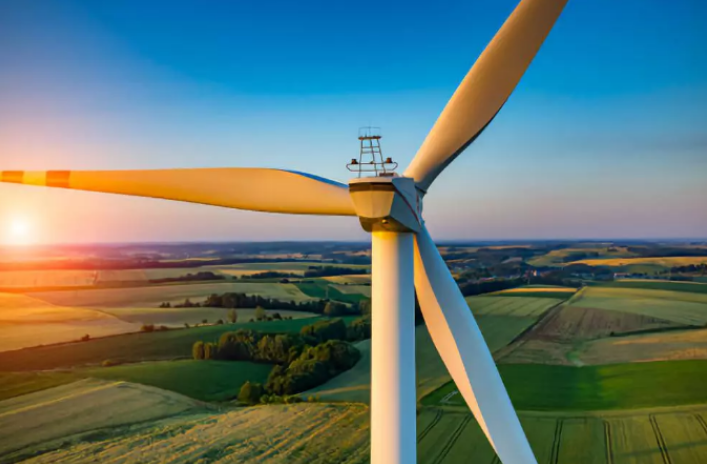
The UK Environmental Audit Committee has called for the abolition of VAT to unlock the full potential of home solar power, with the UK government announcing plans to consult on VAT abolition regulations for energy efficient systems, a move aimed at encouraging more homeowners to utilize solar power to power their homes. In addition, the Commission has expressed concerns about increasing solar power access to the national grid.
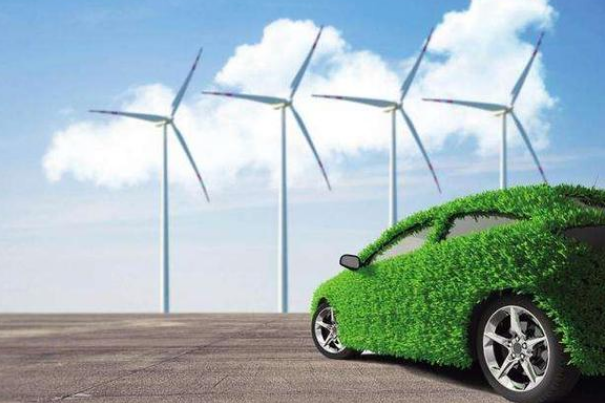
Spain: plans for the deployment of energy storage projects to provide $170 million in funding
According to foreign media reports, recently the Spanish government plans to provide 160 million euros (170 million U.S. dollars) in funding for the country's deployment of energy storage projects, aiming to provide funding for the 600MW of energy storage projects connected to the grid in 2026, Spain's Ministry of Ecological Transformation and Demographic Challenges (MITECO) on June 6 on the funding plan to start a public consultation, is currently soliciting comments on the proposal.
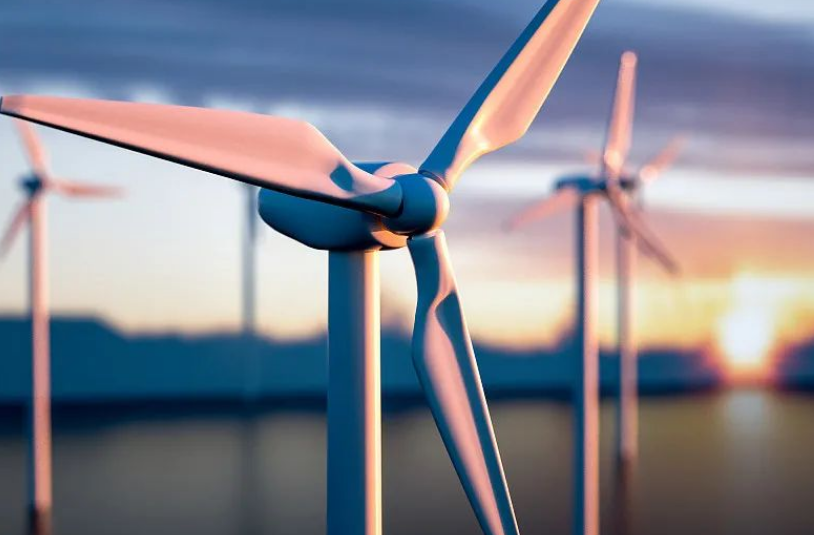
Depending on the size of the application, the funding will cover 40% to 65% of the project cost. Energy storage projects eligible to apply will be judged on factors such as economic viability, ability to help grid-connect renewable energy sources, and the creation of local employment and business opportunities during development and operation. In addition, the Spanish government previously set a goal of achieving the deployment of 20GW of energy storage systems by 2030.
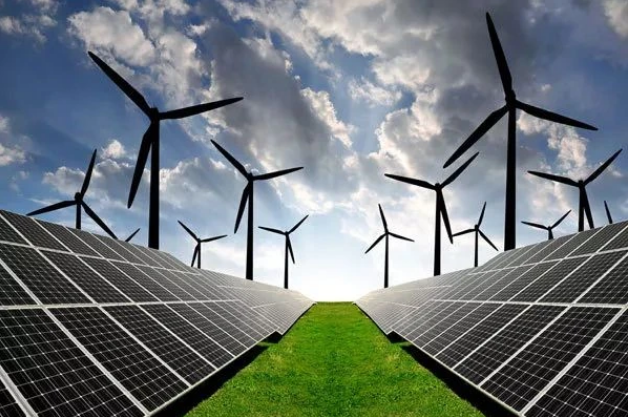
U.S.A.: Nevada Passes $80 Million Incentive Program
According to foreign media reports, recently the U.S. Senate in Minnesota recently passed a total of $80 million incentive program, used to incentivize developers in the state to develop and deploy solar power facilities, energy storage systems, microgrids and grid resilience facilities.
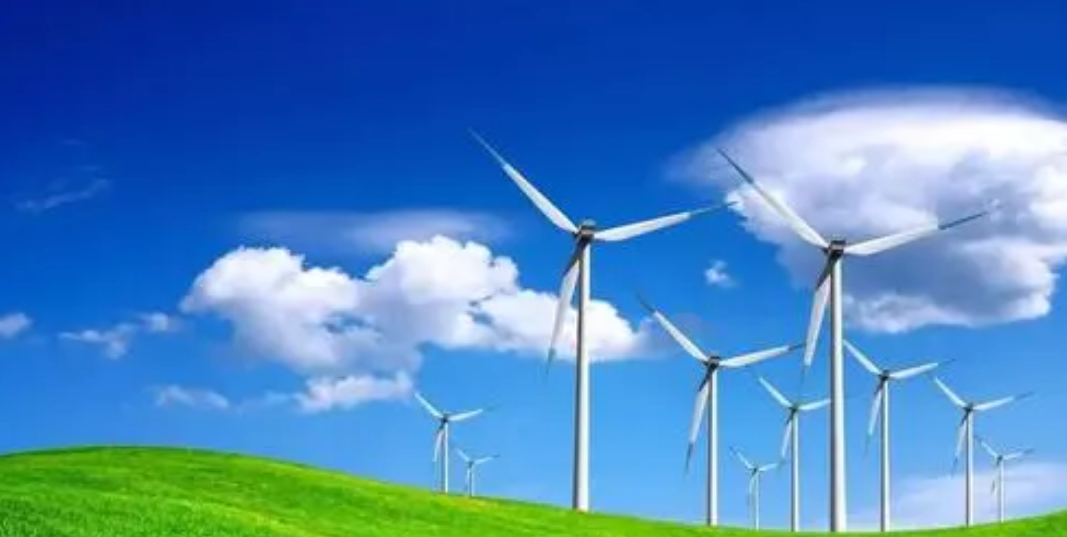
The bill includes $7 million for the state's first incentive program for the deployment of energy storage systems and $250,000 for a research project to study how energy storage systems can help the state achieve 100 percent decarbonization. In response, the Minnesota Solar Energy Industries Association (MnSEIA) said the omnibus grand bill on environment, natural resources, climate and energy finance and policy will be submitted to the state's governor, Tim Walz, for signature into law.

China, according to incomplete statistics, up to now, including Beijing, Tianjin, Hebei, Shanxi, Inner Mongolia, Zhejiang, Anhui, Jiangsu, Guangdong, Sichuan, Chongqing, Yunnan, Hunan, Shaanxi, Gansu, Qinghai, Ningxia, Xinjiang, including a number of provinces and municipalities across the country have introduced specific subsidy policies for energy storage, from the density of subsidy policies introduced in view of the Zhejiang, Anhui, Jiangsu, Guangdong, the country's leading.
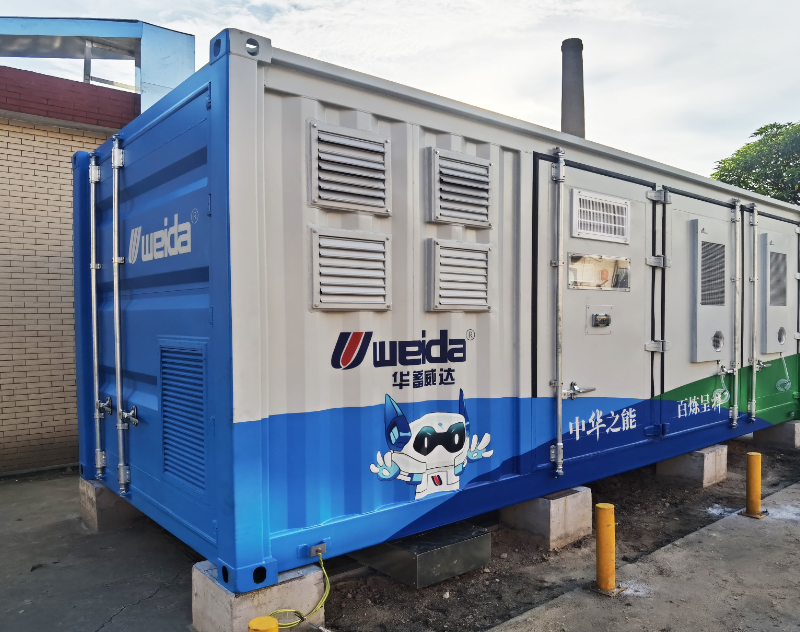
In the industrial and commercial energy storage subsidy policy, as of now across the country is implementing the energy storage subsidy government energy storage subsidy policy is mainly to the user side mainly focus on combining with distributed photovoltaic, local investment industry demand is relatively strong; subsidies are mainly capacity subsidies, discharge subsidies and investment subsidies, subsidies are mainly with distributed photovoltaic combination of the main direction. Among them, Zhejiang, Jiangsu, Sichuan, Anhui, Guangdong and other places have introduced the most intensive policy, Longgang City, Zhejiang Province, Beijing, Chongqing Tongliang District and other local policy support is stronger.
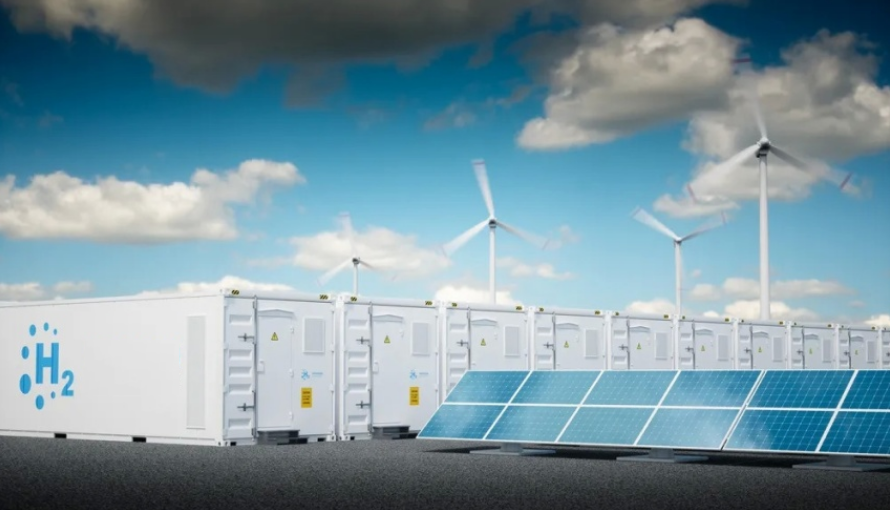
Discharge subsidies, Longgang, Wenzhou, Zhejiang Province, the highest subsidy standards, the commissioning of the energy storage project in accordance with the actual amount of discharge to the storage operating body 0.8 yuan / kWh subsidies; Chongqing Tongliang District in the subsidies, greater than 2MWh and annual utilization hours of not less than 600 hours for three consecutive years to give the project operating owner of the subsidy of 0.5 yuan / kWh, the new photovoltaic facilities, then subsidize 0.5 yuan / kWh; Tianjin Binhai Hi-Tech, the local policy support is greater. kWh; Tianjin Binhai Hi-tech Zone subsidy standard is 0.5 yuan/kWh.
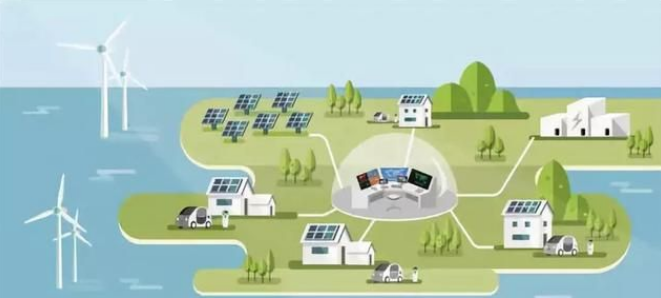
In terms of capacity subsidies, Zhejiang, Chongqing, Guangdong, Jiangsu, Sichuan and other provinces and regions have introduced a direct subsidy policy for energy storage capacity, the overall subsidy standard in the 100-300 yuan / kW between the subsidy period, including a one-time subsidy, three years of subsidies on a yearly basis. Among them, chongqing tongliang district subsidy is larger, in "on carry out 2022 tongliang district light storage integration demonstration project declaration notice (draft)" in clear energy storage facilities to give 1300 yuan/kWh one-time subsidy; Zhejiang yongkang, jiashan, jinhua wu cheng adopts year by year regression subsidy way, subsidy standard in 100-400 yuan/kW/year.
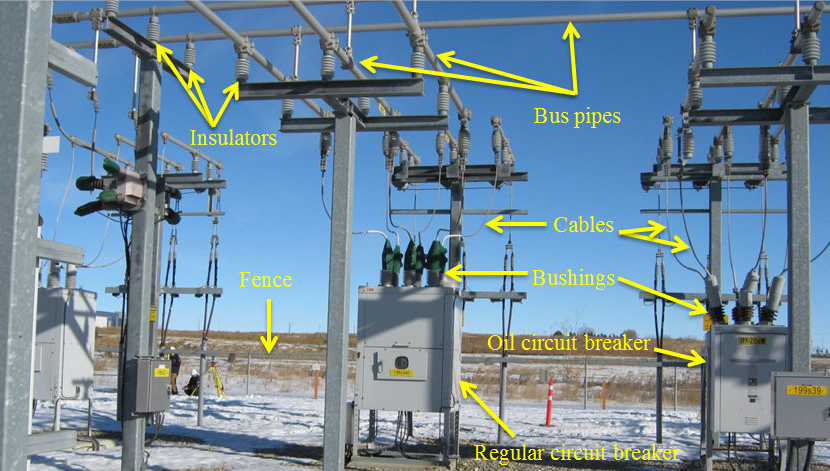
In terms of investment subsidies, Chongqing, Zhejiang, Shanxi, Beijing and other provinces and regions have introduced energy storage investment subsidy policy, investment subsidy ratio between 2%-20%, single project subsidy limit between 30-5 million yuan, the subsidy period is mostly a one-time subsidy. Among them, Haiyan County, Zhejiang Province, in the "Haiyan County to implement <Zhejiang Province to promote high-quality economic development of a number of policies> to undertake the implementation of the program (draft for comment)" proposed that the investment in manufacturing enterprises to invest 3 million yuan and above the new type of energy storage power station, to give the actual investment in equipment 10% limit of 4 million yuan of one-time subsidies; Chongqing t tongliang district to participate in the grid scheduling of the independent storage of energy, according to the investment of 5% subsidies for four consecutive years. Compensate for 4 years.

